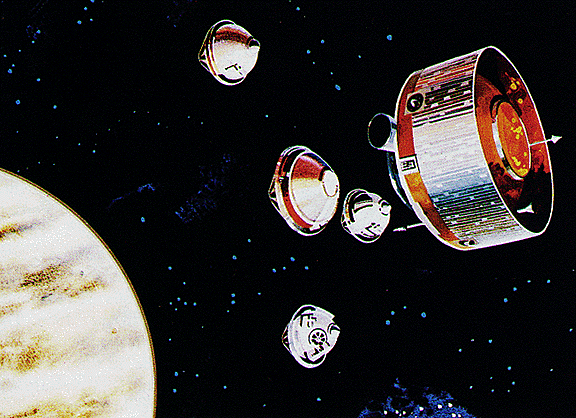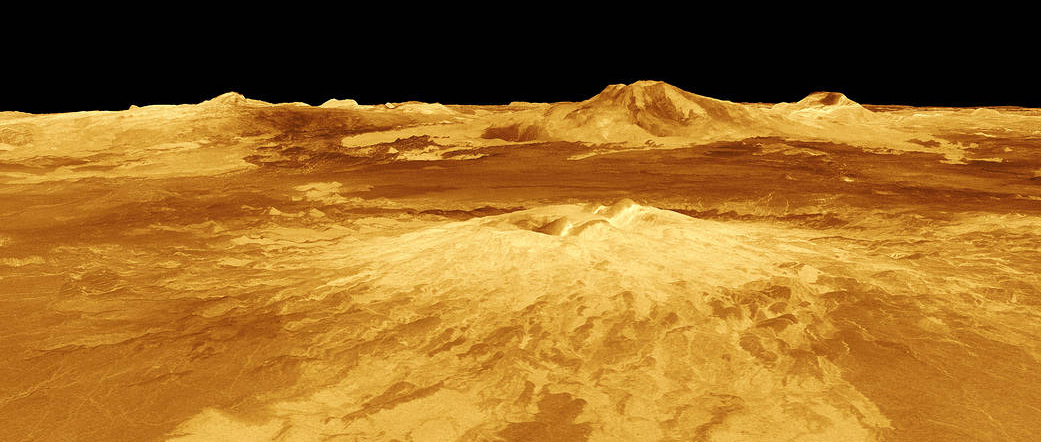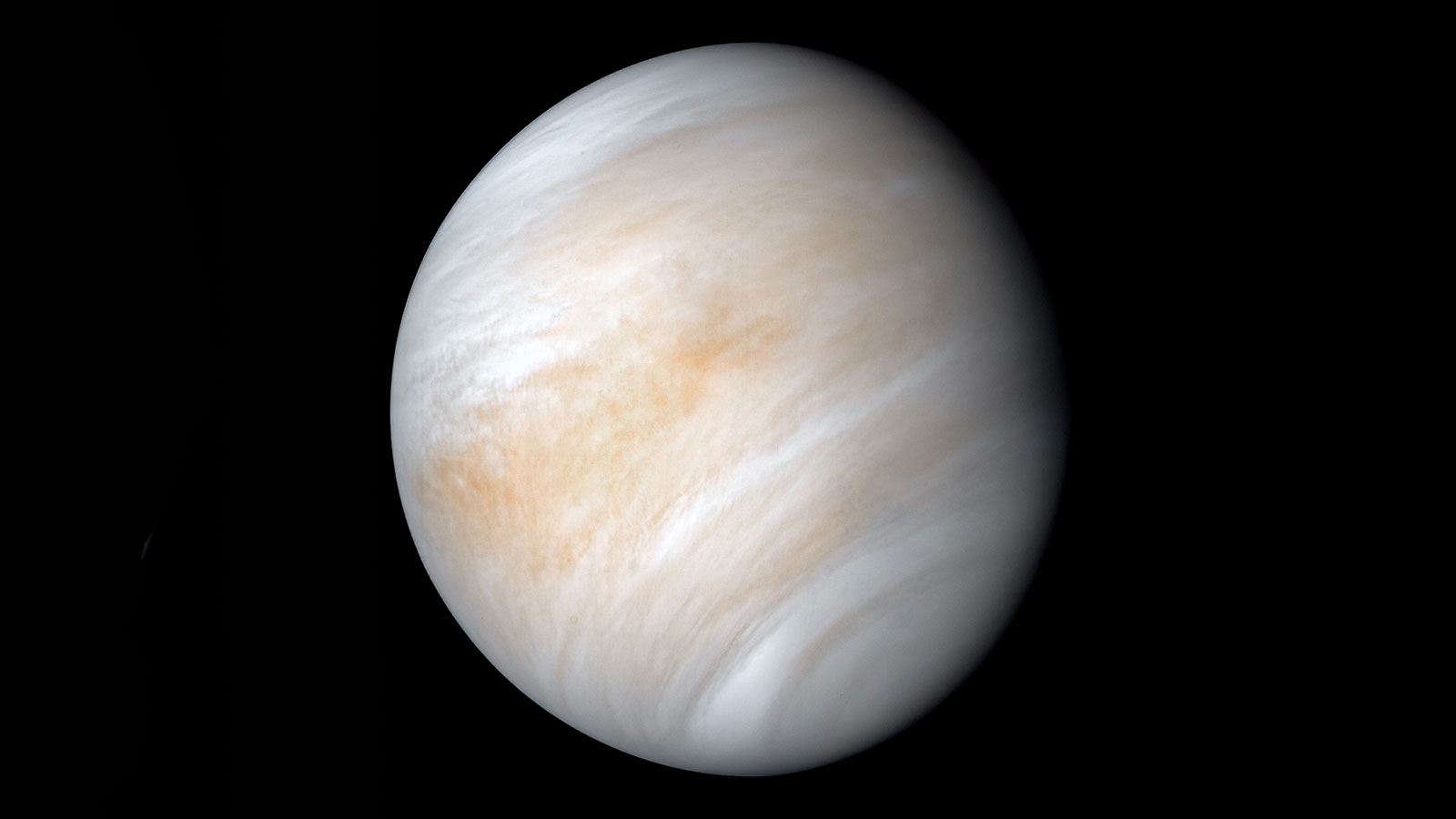An independent team has revisited archived Pioneer-Venus data and analyzed the gas fragments measured at 51 km altitude. Among the many results is evidence for phosphine gas, primarily by detection of the phosphorus ion (P+). The instrument was a neutral gas “mass spectrometer” which ionizes the gases and subjects them to a magnetic field, whereby the different physical paths the ions take can be translated to their mass. P+ is most strongly associated with phosphine, PH3, for two key reasons. First, phosphine is the only P-containing molecule that is in gas form at Venus’ 51 km altitude. One might argue there could be a very tiny amount of phosphorus acid or phosphoric acid vapor that could have fragmented into P+, but the corroborating acid fragments were not detected and would have been. Second, P+ does not overlap with any other neutral gas mass fragment expected from the Venus atmosphere, giving P+ a unique and robust detection.
The Pioneer Venus Multiprobe, which was launched on Aug. 8, 1978 and reached Venus on Dec. 9, 1978.
For more information go to the paper here: https://www.essoar.org/doi/10.1002/essoar.10504552.1



